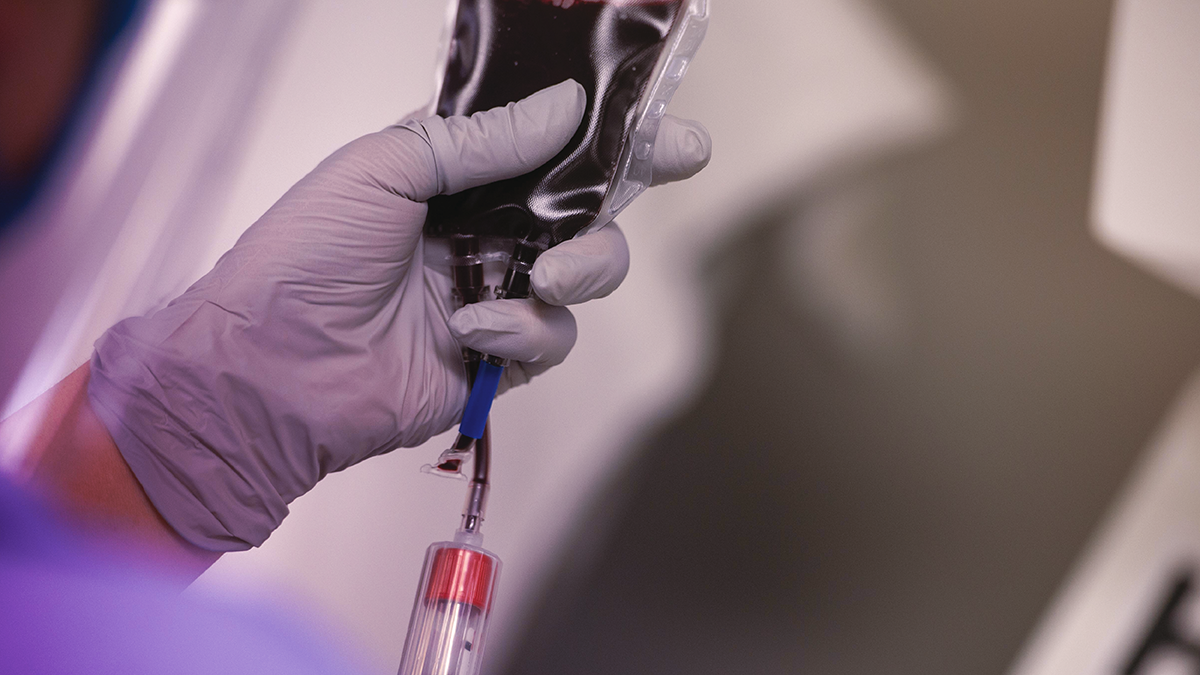Donor Democracy
FDA finalizes recommendations for easing ban on gay and bisexual men from donating blood in the US
In 1983, gay and bisexual men were banned from donating blood in the US due to the growing AIDS epidemic; now, 40 years later, the FDA has finalized recommendations for assessing blood donor eligibility using risk-based questions to reduce the risk of transfusion-transmitted HIV (1). Regardless of sexual orientation, sex, or gender, every donor will be asked the same series of individual, risk-based questions to glean their eligibility.
“In 1983, [the ban] was an important measure to assure safety of blood transfusion, given the lack of HIV testing and limited knowledge of the epidemiology at the time. However, it excluded some potential blood donors who were safe and did not engage in high risk behaviors,” says Robertson Davenport, Director of Transfusion Medicine and Professor of Pathology at Michigan Medicine. “The new guidance is based on extensive data on the accuracy of current blood donor testing and on new scientific and epidemiological data, particularly data from the Transfusion Transmissible Infections Monitoring System. This is in accordance with the FDA’s long-standing practice of basing regulatory decisions on the best available evidence.”
In 2022, the American Red Cross declared a national blood crisis and, as of May 31, 2023, 25 percent of community blood centers across North America had only 1–2 days worth of blood supply, and 17 percent only had one day’s worth (2). The new guidance could increase the number of people who are eligible to donate blood, while upholding safety standards for the blood supply.
“Michigan Medicine relies on the generosity of many thousands of altruistic individuals to support the blood transfusion needs of our patients; I am grateful to all potential new donors who can now step forward,” says Davenport. He highlights that the blood bank community, particularly the Association for the Advancement of Blood and Biotherapeutics, is currently developing resources to educate potential blood donors – and help other blood banks implement the new guidance.
Are there any potential concerns associated with the new guidance? Davenport explains, “Individualized risk assessment requires the revision of donor screening questionnaires, modification of computer systems, and training of donation center staff. However, blood banks have very effective process change control and quality assurance systems, so I am confident that the revised guidelines will be implemented without negative impacts on the blood supply.”
By removing gender and sexual orientation from the equation, the new guidance will eliminate unnecessary restrictions for men who have sex with men who want to donate blood – and work to reduce discrimination and stigma. When asked what impact he foresees the revised guidance having on public awareness and education regarding HIV/AIDS, Davenport says it is an “important step” in reducing the stigma surrounding HIV/AIDS and the communities most affected by the disease. “There are many members of the LGBTQ+ community who are just as safe as donors who currently qualify.
These individuals can now be welcomed as blood donors regardless of sexual orientation or gender identity.”
References
US Food and Drug Administration, “FDA Finalizes Move to Recommend Individual Risk Assessment to Determine Eligibility for Blood Donations” (2023). Available at: bit.ly/3ObMppc.
America’s Blood Centers, “Current National Blood Supply” (2023). Available at: bit.ly/41GDnU6.




